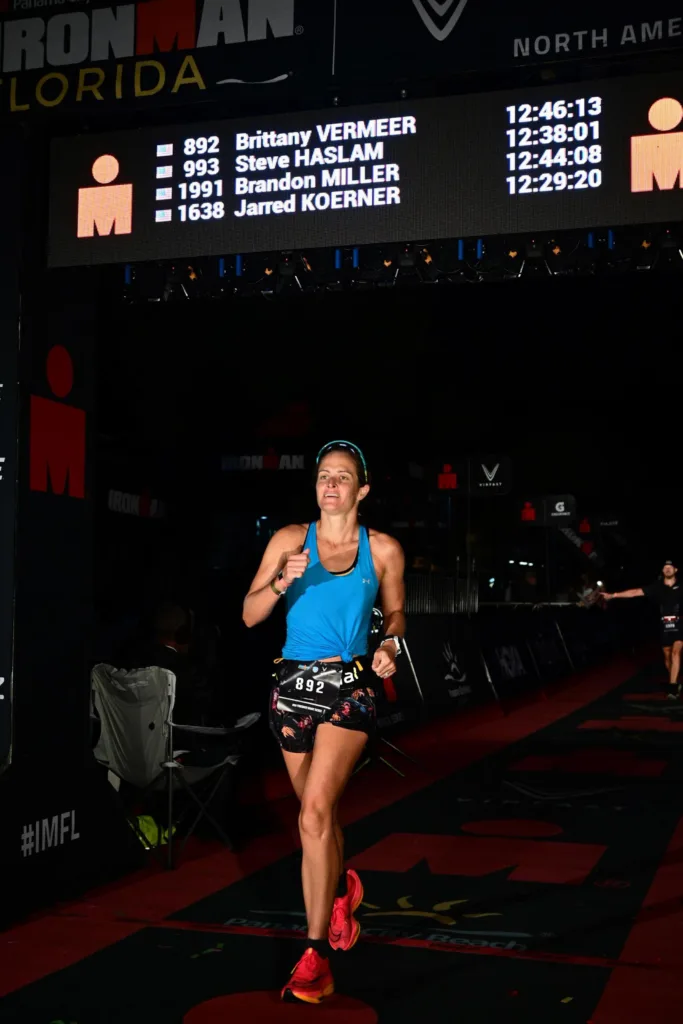
I started running in the summer of 2018. But despite being a relatively fit human being, I struggled, A LOT. Some of that’s expected as a new runner, but this was different.
I felt like I couldn’t catch my breath, I was fatigued, and I had no energy. Some mornings, it felt like I could barely open my eyes and get out of bed. And I liked eating ice cubes… (weird, right?)
A chance encounter with a running coach helped me discover the culprit. I had iron deficiency anemia.
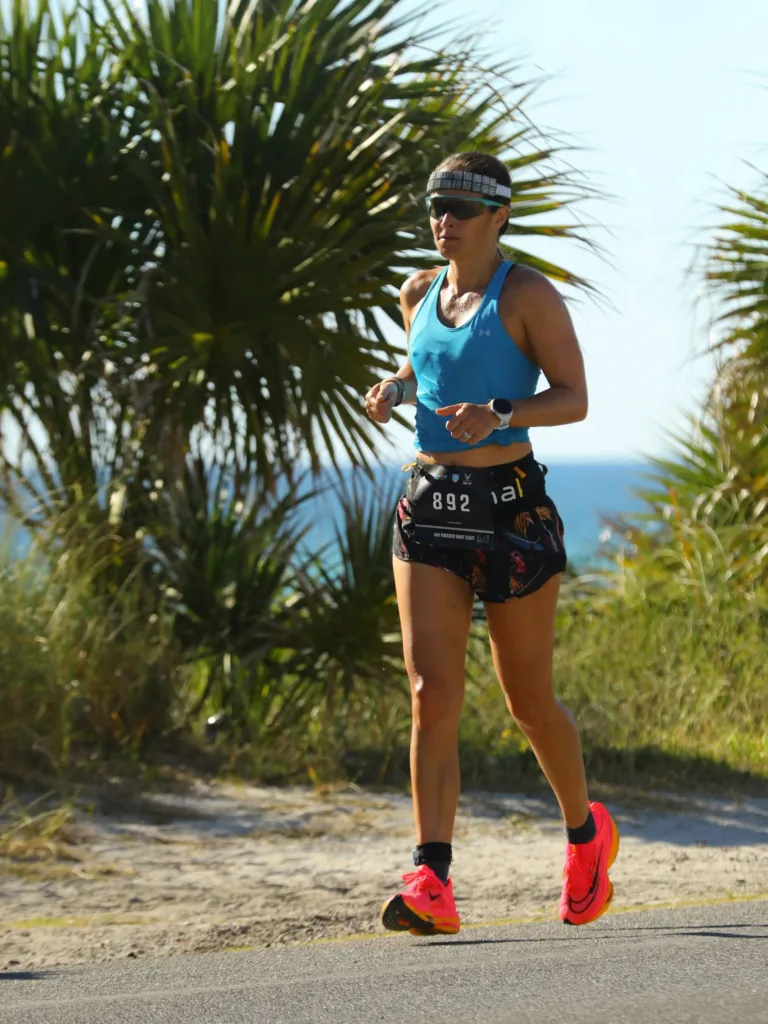
What’s iron deficiency anemia?
Iron is a mineral that the body needs to produce hemoglobin, which is a substance that allows our blood cells to carry oxygen. The body doesn’t naturally produce iron, so we have to get it from our diet or through supplementation. Iron also helps to create the body’s main energy source, ATP, so you can imagine why it’s so essential for runners and endurance athletes.
Iron deficiency anemia happens when the body doesn’t have enough iron to produce hemoglobin. Now, people can have low iron levels (iron deficiency) without being anemic, which is a more severe condition. I was severely anemic, and I had no idea until I started running.
Symptoms of iron deficiency
I think one of the reasons why iron deficiency is often overlooked is because a lot of the symptoms are vague and can relate to other conditions.
General symptoms include:
- Fatigue
- Headache and dizziness
- Cold hands and feet
- Pale skin
- Nausea or poor appetite
- Unusual cravings for things like ice, clay, or dirt
For athletes, symptoms can also include:
- Shortness of breath during exercise
- Lack of energy
- Exhaustion
- Reduction in VO2 max
The diagnosis
Every year when I visited my doctor, I got a regular blood test. But, she’d never mentioned anything about my iron levels. I assumed something like that would automatically be included on a regular test, but it’s not. A doctor has to ask for it.
Perhaps she never had any reason to, because I was a pretty fit and healthy human being. I played sports throughout my entire life, but never anything as “cardiovascularly challenging” as running.
One night, at a local triathlon club meeting, a running coach came to speak to the group. Iron wasn’t even the subject of his talk. It was just an off-hand comment he made that caught my attention. “When I have a young athlete who isn’t performing to her potential, I have her iron levels checked.”
So, at my next doctor’s appointment, I asked her to run a CBC (complete blood count) to see if I might have an iron deficiency. My numbers were pretty shocking. One number that will always stand out in my mind is 4. My ferritin number was 4.
Ferritin is a transport protein that binds to iron, so it’s a great marker to look at when analyzing iron levels. The tricky thing is that there isn’t a clearly defined range for what constitutes “low ferritin.” Mayo Clinic guidelines say the normal range for women is 11-307 micrograms per liter, which is a huge range. Still, mine was 4, so not great. The doctor said she was surprised that I was still upright, let alone running.
Because my levels were so low, just changing my diet or taking iron supplements wasn’t an option. I needed two rounds of intravenous iron in the hospital.
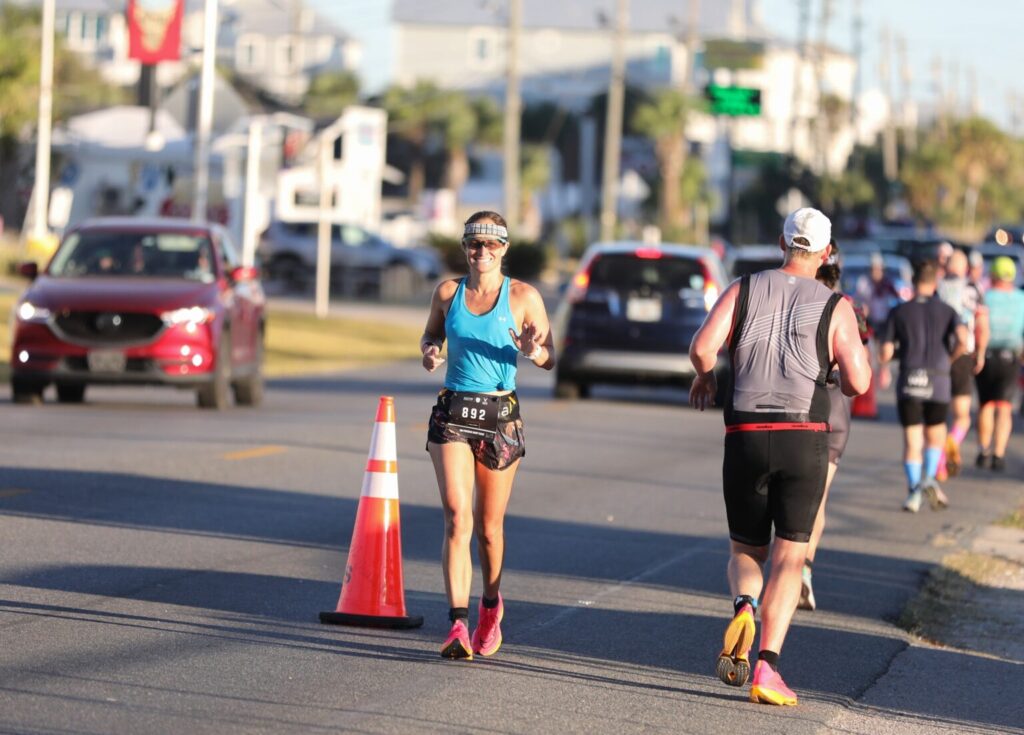
Causes of iron deficiency
Part of the reason why the doctor ran a complete blood panel is because it’s not enough to know that I had low iron. We needed to figure out why it was happening. For example, if your body can’t absorb iron for some reason, then supplementing with more iron won’t help.
Iron deficiency can be caused by a few different things. For women, the biggest culprit is blood loss during menstruation. Other causes could be a colon polyp that causes bleeding or gastrointestinal bleeding from taking over the counter pain meds. Some people have a condition where the body doesn’t absorb iron very well. But the simplest reason is not eating enough iron-rich foods (vegan, vegetarian).
For me, there were a few reasons.
- I’m a female.
- I hardly ever eat meat.
- I’m an athlete.
I did have an exam to rule out any gastrointestinal bleeding, so the diagnosis was that I wasn’t getting enough iron in my diet, I had a heavy period, and I’m an athlete. Also, iron levels can vary from person to person, and mine are just on the low end of normal to start out with.
Iron deficiency in endurance athletes
The Mayo Clinic highlights a few groups of people that have an increased risk of iron deficiency: women, infants, vegetarians, and frequent blood donors. But they’re missing one obvious group- athletes! Endurance athletes, especially females, have been identified as being at risk for developing iron deficiency.
Iron deficiency is more well-known these days, but testing iron levels isn’t something that’s typically included on a yearly blood test, unless you ask for it. In my opinion, it should be included for every female, whether she’s an athlete or not.
For runners specifically, there’s something called foot-stroke hemolysis where a small amount of red blood cells are damaged as they pass through the feet, due to the repetitive pounding caused by running. Don’t worry, it’s not as scary as it sounds. Plenty of people run ultra-marathons and they’re just fine. (Well, physically speaking…) But it’s something to keep in mind if you’re a runner or triathlete, because athletes might be more prone to iron deficiency than the regular population.
If you’re a female endurance athlete, you’ve probably figured out by now that we got the short end of the stick. We have the trifecta of risk factors.
- Blood loss from menstruation
- More likely to have a diet low in iron
- Endurance athlete/runner= foot strike hemolysis
One study of endurance runners identified 82% of the female athletes as being iron deficient. The womens’ mean iron intake was 12.5mg a day, which is below the daily recommended value of 14mg.
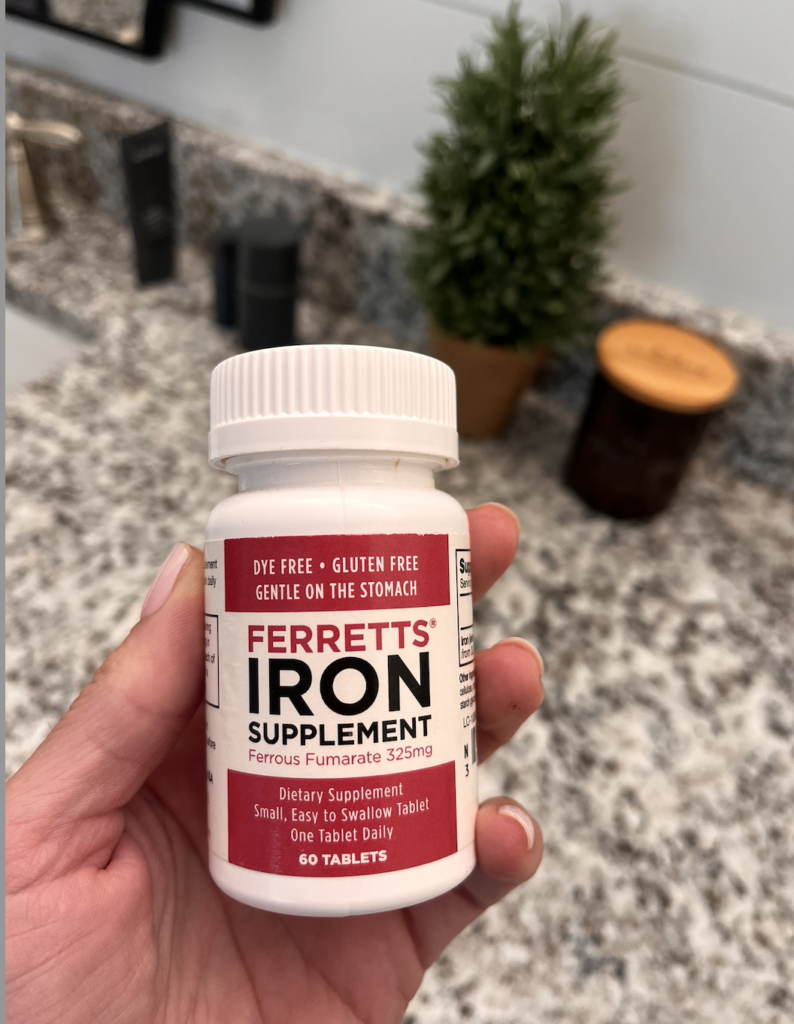
Treatments for iron deficiency
Treatment for iron deficiency depends on the cause. I was anemic, so in my case, it involved two rounds of intravenous iron that I received in the hospital. It probably took a good 3 months before I started noticing a difference in how I felt.
Then, in order to maintain my iron levels, I took 325mg of ferrous fumarate every day. Now that I have an IUD, my period is very light, so I take one pill every other day.
Taking iron in either liquid or pill form can have side effects, like stomach upset and constipation, so I did a lot of research to find the right supplement for me. I take Ferretts’ Iron Supplement and have never had any trouble with my stomach.
* NOTE: It’s not a good idea to take an iron supplement, unless you’ve had a blood test and your doctor has determined it’s necessary. Too much iron can lead to hemochromatosis, which can be deadly.
It’s also a good idea to eat iron-rich foods. There are two type of iron sources: heme and non-heme. Heme includes meat, poultry, and fish, which account for 25% of the iron we absorb. Non-heme is found in vegetables like spinach, and that’s absorbed at rate of 3-15%.
Iron-rich foods include:
- Meat
- Poultry
- Pork
- Seafood
- Beans
- Dark leafy greens like spinach
- Dried fruit like raisins or apricots
- Iron fortified cereals, bread, pasta
- Peas
Also, I learned that Vitamin C helps retain and increase the absorption of iron, so a glass of OJ with your iron pill is a great idea. Vitamin C is also found in broccoli, grapefruit, strawberries, and tomatoes.
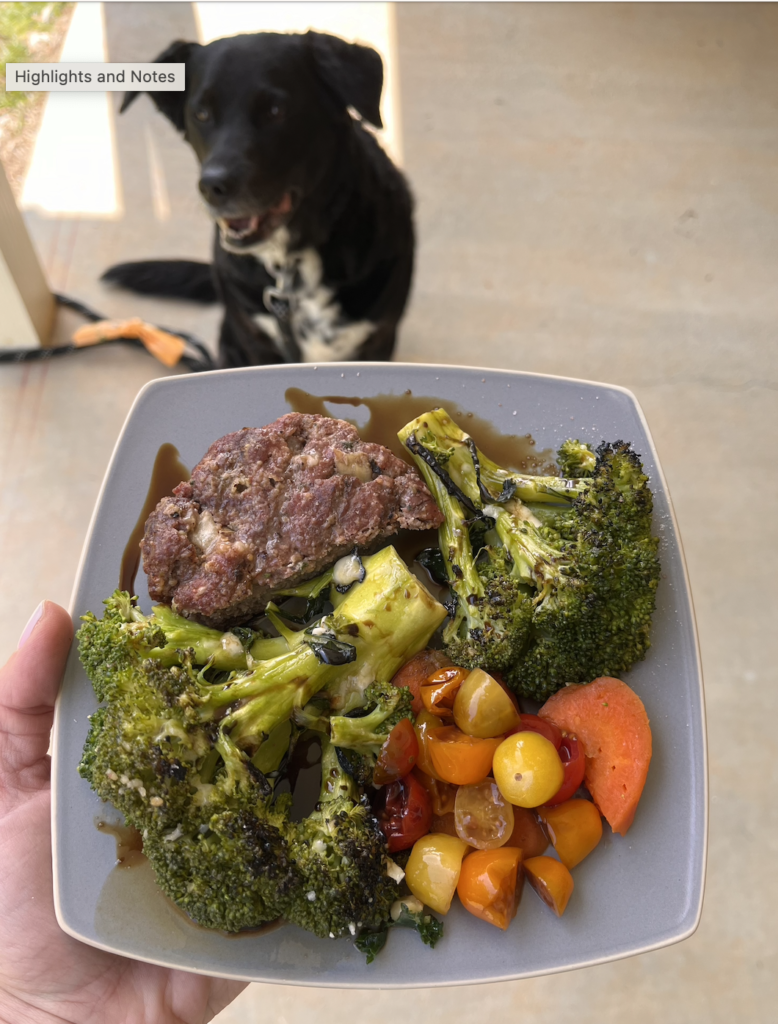
Blood tests once a year
Once a year, my new doctor does a blood test just to ensure that my iron levels stay on track. This is what she includes.
- CBC (complete blood count)
- Red blood cell count
- Hemoglobin
- Hematocrit
- Platelet count
- Total iron
- Iron binding capacity
- Iron saturation
- Ferritin
She’s a marathon runner, Boston qualifier, and former Ironman triathlete, herself, so she understands the importance of monitoring iron levels. Also, my husband is a doctor, so he takes a look at everything as well.
Over the past five years, my iron levels have stayed within the normal range (albeit on the low end; it’s just how my body works). It’s something we kept a close eye on in 2023, because I competed in a handful of sprint triathlons, two 70.3 races, and 1 Ironman. (Click here to read my 2023 IM FL Race Report!)
These days, my running continues to improve each year. Don’t get me wrong, running is still hard! But the regular hard, not impossible.
This post isn’t a substitute for medical advice. It’s simply me sharing my journey with iron deficiency anemia. If you take anything away from reading this, I would hope it encourages you get your iron levels checked (especially if you’re a female, an athlete, or a female/athlete)!



